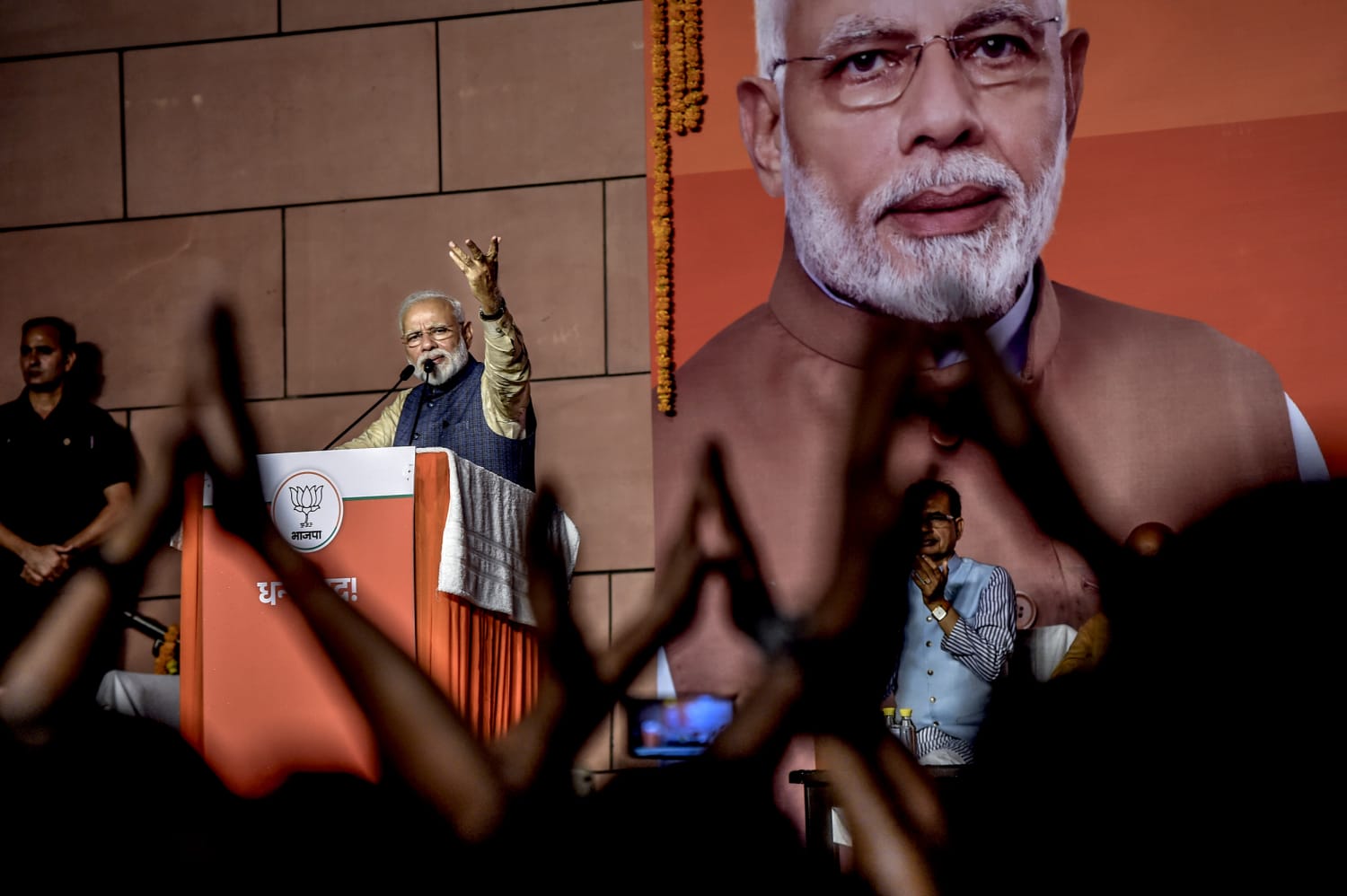Zafar Iqbal
The global transition toward a cashless economy is not a distant vision but a fast-unfolding reality. Countries across the world are embracing digital payments not only for their convenience but also for the wider economic dividends they offer. From greater transparency and reduced fraud to stronger financial inclusion and improved tax documentation, a digitally-driven economy can pave the way for sustainable growth.
In this backdrop, Pakistan’s recent policy emphasis on moving toward a cashless economic system reflects a broader, forward-looking strategy. Finance Minister Muhammad Aurangzeb’s advocacy for this transformation is not merely rhetorical. In his own words, the shift is “a practical necessity for long-term fiscal resilience, competitiveness and inclusive growth.” His remarks underscore that digital transformation is essential if Pakistan hopes to modernise its fiscal infrastructure, expand its tax base, and bring under-reported economic activity into the formal economy.
The urgency to promote digital payments has increased manifold since the Covid-19 pandemic, which catalysed contactless transactions globally. In Pakistan, the government’s digital payment initiative, Raast — a real-time payment system — is already operational and marks a significant infrastructural step toward a more digitised financial ecosystem. The availability of such technology means the groundwork is in place; what remains is the comprehensive adoption and integration of these tools into everyday economic practices.
The government plans to accelerate this transition through the upcoming federal budget, which is expected to introduce both carrots and sticks. On one hand, there will be incentives to encourage digital transactions; on the other, penalties to discourage cash dealings. For instance, additional taxation on cash transactions and restrictions on cash payments in selected economic sectors are under consideration. These dual measures aim to shift the tax burden from already-taxed salaried individuals and compliant businesses to those operating in the informal and under-taxed sectors.
This strategic shift is also being marketed as a corrective measure to address Pakistan’s long-standing issue of narrow tax base. By documenting previously untracked transactions through digital platforms, the state aims to curb tax evasion, broaden the tax net, and enhance fiscal transparency.
In recent years, electronic transactions have surged, with businesses and consumers alike turning to QR payments, mobile wallets, and instant payment services. The adoption of digital tools is particularly visible in urban centres, where even small street vendors have started accepting digital payments. This demonstrates a growing trust in and demand for contactless transactions.
However, assuming that these visible signs mean Pakistan is on the verge of becoming a cashless society would be misleading. Digital payment penetration remains limited and largely urban-centric. While the infrastructure is ready, behavioural and structural barriers continue to impede wider adoption.
One of the most significant obstacles is cultural resistance. A sizeable portion of the population remains sceptical of digital payments, driven by fears of government surveillance and data misuse. This suspicion is not unfounded in a country where data privacy laws are still evolving and public trust in institutions is shaky.
Another major hurdle is the inconsistent quality of broadband and mobile network services, especially in remote and underdeveloped regions. Without reliable digital infrastructure, expanding electronic transactions beyond major urban hubs becomes a logistical challenge.
Furthermore, the problem of financial exclusion remains critical. A vast majority of Pakistan’s rural population — especially women — remains unbanked. According to estimates, millions still do not have access to formal banking channels, let alone digital wallets or instant payment platforms. Bridging this gap requires not just policy intent but substantial investment in digital literacy, banking access, and mobile connectivity.
Cybersecurity also looms large as a legitimate concern. As digital transactions increase, so does the risk of online fraud, hacking, and data breaches. Without strong consumer protection laws and effective enforcement mechanisms, the population is likely to remain hesitant in transitioning fully to a digital financial ecosystem.
To address these issues, the government must adopt a multi-pronged strategy. First, improve broadband infrastructure and mobile coverage in underserved areas. Second, launch awareness campaigns to build trust in digital platforms and educate citizens about data privacy and security. Third, incentivise financial institutions to open low-cost, easily accessible accounts — particularly targeting women and rural communities. And finally, enact and enforce robust cybersecurity legislation.
While the finance minister’s vision for a cashless Pakistan is timely and in line with global trends, execution will determine success. The transformation to a digital economy cannot be decreed overnight. It requires an inclusive, well-sequenced approach that accounts for Pakistan’s socio-economic realities — from infrastructure deficits to digital illiteracy.
Ultimately, a cashless economy should not just be about replacing cash with digital tools. It must aim to create an inclusive, secure, and transparent financial system that benefits all segments of society. Without this broader vision, the shift to digital risks becoming yet another urban-focused reform that leaves behind the very people it claims to empower.Tools

















